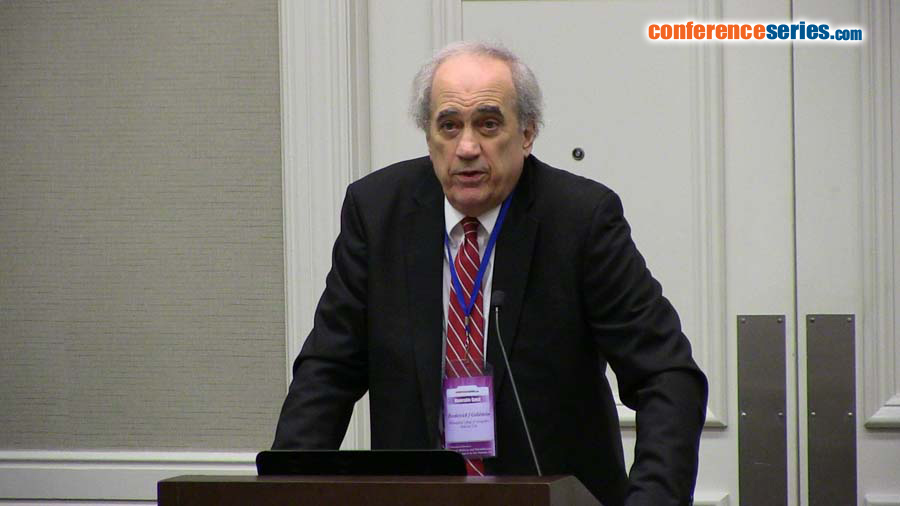
Biography
Biography: Frederick J. Goldstein
Abstract
Approximately two decades ago, there was significant national and international interest in improving delivery of pharmacotherapy for non-cancer chronic pain. Health professionals responded appropriately, and prescribing of opioids increased substantially. About 10 years ago, abuse of opioids began to accelerate with concomitant increases in emergency room visits, hospital admissions and, unfortunately, overdose deaths. One tragic result is an over-reaction such that some patients properly diagnosed and prescribed opioids may not be able to receive them at all or only in sub-therapeutic amounts. This should not occur, especially at the end-of-life. When opioids are with held or under prescribed, inadequate analgesia occurs and may become a suicidogen. Who is to blame? Prescribers? Pharmacists? Patients? Pharmaceutical Manufacturers? or Insurance Companies? All are involved to some degree depending upon the target medical condition. Addiction is a serious psychological condition. However, there is nothing inherent in the molecular structures of opioids that will convert a normal, well-adjusted patient with no pre-existing psychological conditions into a drug-seeking opioid addict. Many non-opioid drugs are available for treatment of pain including antidepressants, anticonvulsants, and capsaicin products, as well as acetaminophen and aspirin and related NSAIDs. Non-pharmacologic options for treating chronic pain include biofeedback, osteopathic manipulation, acupuncture and professional counseling for stress reduction. For some patients, strengthening certain muscles may help restore normal function and thus reduce pain. Patients should be properly and adequately treated for pain, especially at the end of life. Otherwise, providing inadequate analgesia can become a suicidogen.


